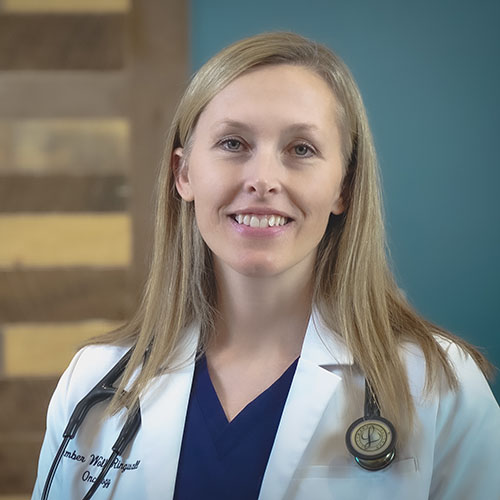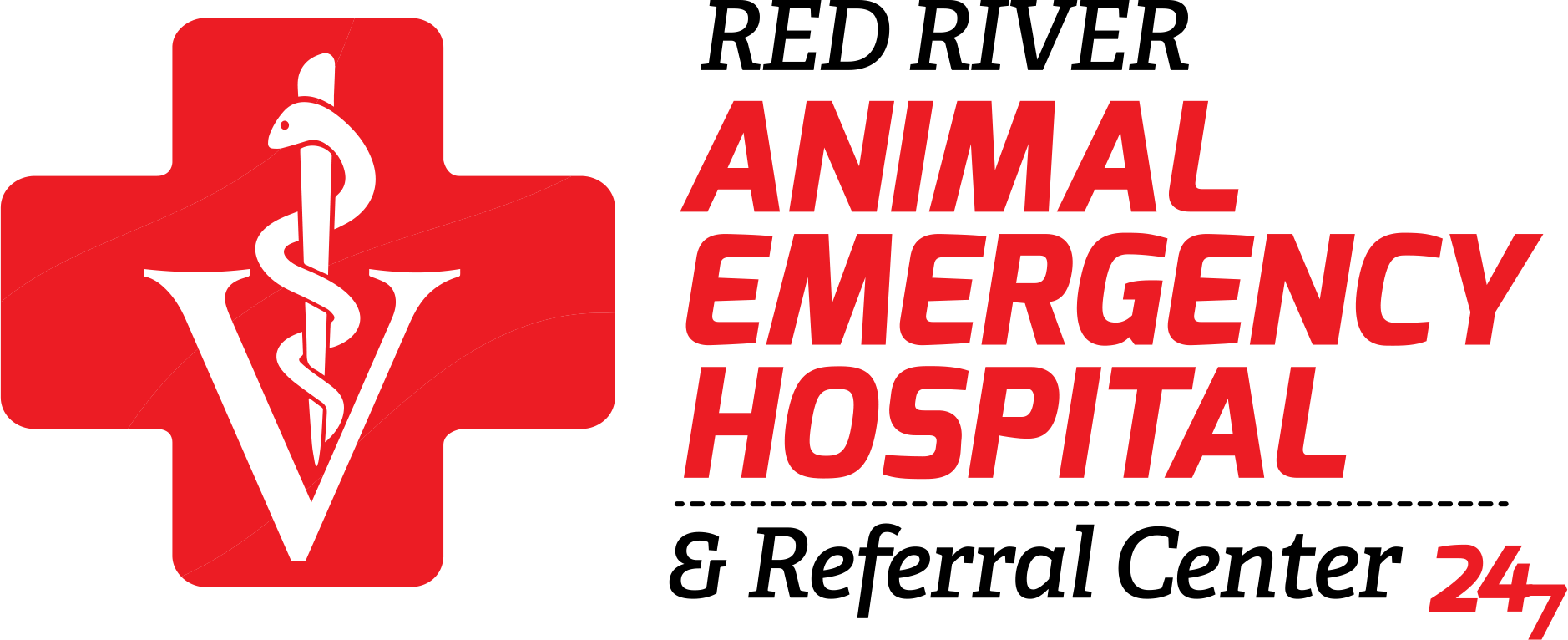The North Dakota Veterinary Medical Association (NDVMA) invites veterinarians and other veterinary professionals to the 2025 Winter Conference, hosted at the Red River Animal Emergency Hospital & Referral Center (RRAEHRC) in Fargo, ND. This full-day event offers a unique opportunity to engage with some of RRAEHRC’s specialists, as they share insights and present on the latest topics critical to advancing your practice of veterinary medicine.
The conference features a variety of sessions designed to keep you at the forefront of veterinary care. Attendees can earn up to 6 hours of continuing education (*approved by the North Dakota Board of Veterinary Medical Examiners for Licensed Veterinarians and Technicians in ND).
Don’t miss this chance to network with peers, learn from experts, and bring valuable insights back to your practice.
8:15 am Check-in
8:45 - 10:15 am
by Dr. David Silliman, DVM, Practice Limited to Surgery
Session 1 – This lecture will review decision-making and practical skills required for gastrointestinal surgery, with a focus on interventions to minimize complication rates.
Session 2 – This lecture will review goals/indications for use, types of drains, and principles of use along with complications.
10:15 - 10:30 am
10:30 am - Noon
by Dr. Amber Wolf-Ringwall, DVM, PhD, DACVIM
An overview of the latest treatment options for common cancers in companion animals, such as immunotherapy, targeted therapies, and advancements in chemotherapy that may improve outcomes and quality of life for pets.
Noon - 12:50 pm
12:50 - 2:20 pm
by Dr. Greg Kuhlman, DVM, DACVIM
Session 1 – To increase our referral partner’s knowledge of our endoscopic capabilities. I will discuss multiple interesting cases we have seen on the RRAEHRC IM Service.
Session 2 – To provide our referral partners with a better understanding of when to manage liver disease conservatively and when advanced diagnostics, such as a liver biopsy, and treatment plans are necessary. This presentation will summarize the 2019 ACVIM Consensus Statement on diagnosing and treating chronic hepatopathies.
2:20 - 2:35 pm
2:35 - 4:05 pm
by Dr. Andy Carver, DVM, DACVECC
Covering emergency protocols for acute heart failure, arrhythmias, and pericardial effusion, with guidelines on oxygen therapy, drug choices, and stabilization techniques for clinics without advanced cardiac equipment.
4:05 - 4:15 pm

DVM Practice Limited to Surgery
Dr. Silliman’s journey in veterinary medicine began at North Carolina State University, where he obtained a Bachelor of Science degree in Animal Science and Zoology. He then pursued his DVM degree at Ross University School of Veterinary Medicine, graduating in 2010. Following veterinary school, Dr. Silliman embarked on completing a small animal rotating internship and a small animal surgical internship, followed by a three-year surgical residency at the Veterinary Specialty Center in Illinois. Throughout his career, Dr. Silliman has worked in various locations, including Chicago, Pittsburgh, Asheville, and Greenville, before settling in Fargo, North Dakota. He has also had the pleasure of training rotating, surgical interns, and surgical residents in a private practice setting and is proud to call them colleagues today.

DVM, PhD, DACVIM
Dr. Amber Wolf-Ringwall is a board-certified veterinary oncologist. She grew up on a farm near Dickinson and attended Colorado State University where she received her BS and PhD in Biomedical Sciences. Dr. Wolf developed a passion for veterinary oncology and cancer research when her two young dogs developed lymphoma, which led her to pursue veterinary training. She received her DVM from Colorado State University in 2014, completed her rotating internship at North Carolina State University, and 3-year medical oncology residency at the Flint Animal Cancer Center at Colorado State University. Dr. Wolf most recently served as faculty and section head of the clinical oncology service at the University of Minnesota.
Dr. Wolf has a special interest in hematologic cancers such as lymphoma and leukemia, palliative cancer care, and comparative oncology. She is excited to return to North Dakota and join the RRAEH team to provide compassionate cancer care to companion animals in her home state and surrounding area. Dr. Wolf enjoys spending time with her husband, their Vizsla Violet, hiking, traveling, cheering on the Denver Broncos, and spending time with family and friends in North Dakota and Minnesota.

DVM, DACVIM
Dr. Greg Kuhlman graduated with a Doctor of Veterinary Medicine degree from the University of Wisconsin in 2009. He began his professional career with a small animal medicine and surgery internship at the VCA Animal Emergency and Referral Center in Arizona. This was followed by a residency in internal medicine at Texas A&M University, where he cultivated a passion for internal medicine, especially in areas such as gastrointestinal, hepatobiliary, immune-mediated, and infectious diseases. Additionally, he is highly invested in the well-being of sporting dogs.
In 1999, Dr. Kuhlman made his debut in the American Kennel Club’s English Springer Spaniel field trials with his dog Rocky. The experience sparked a lifelong passion for training, breeding, and competing in these trials. He has been a field trial judge since 2005.
Away from his veterinary pursuits, Dr. Kuhlman is an avid outdoorsman. He takes pleasure in hunting upland game on the American Prairie, fly fishing, and pushing his limits in Ironman triathlons, having completed six to date. A dedicated sports fan, Dr. Kuhlman enthusiastically supports the Green Bay Packers, the Milwaukee Bucks, and Wisconsin Badger teams across all sports.

DVm, DACVECC
Dr. Andy Carver is a board-certified specialist in emergency and critical care. He grew up in Minot and attended MSU and UND. Dr. Carver graduated from the University of Minnesota College of Veterinary Medicine in 2012. He completed a rotating internship at Colorado State University, then specialized and completed a 3-year residency in Emergency and Critical Care from Michigan State University. He was faculty at the University of Florida Veterinary Teaching Hospital prior to moving back to North Dakota. Dr. Carver is passionate about all things emergency medicine, but has special interests immune-mediated blood disorders, cardiac cases, sepsis, trauma, and kidney disease. He is also trained in hemodialysis therapies and utilizes hemodialysis in his emergency practice. He has published research in multiple journals and lectured both nationally and internationally. He is currently at Red River Animal Emergency Hospital in Fargo and is thrilled to be back in North Dakota for good.
4491 23rd Ave S
Fargo, ND 58104
701-478-9299
(Enter using Door E)
Cancellation Policy: No refunds after January 13, 2025 unless event is canceled due to inclement weather. If you need to cancel your registration please email: execdir@ndvma.com. In the event of inclement weather and the workshop is canceled NDVMA will provide a full refund.
